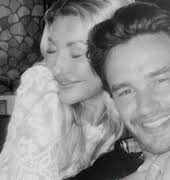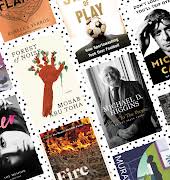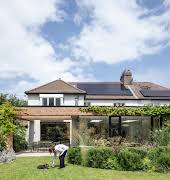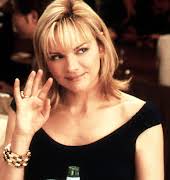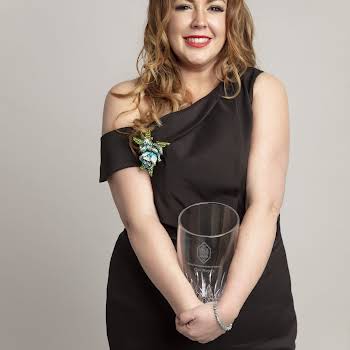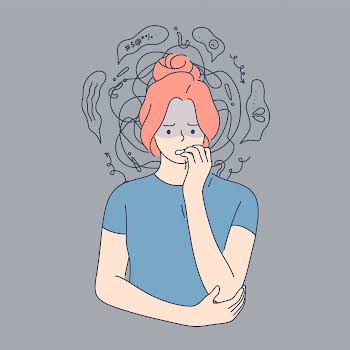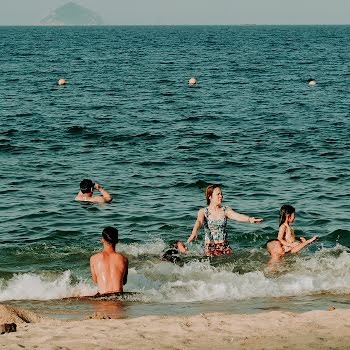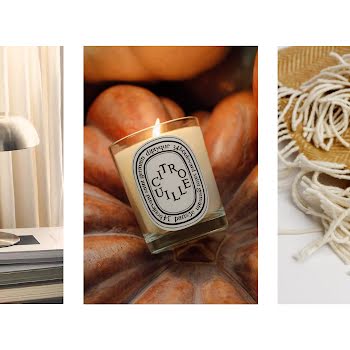
Switching from the new normal back to our old normal. Is it even possible?
By Amanda Cassidy
22nd Jan 2022
22nd Jan 2022
A new beginning, freedom day, a return to normality - they are the headlines we've waited so long to see. But switching gears back to pre-pandemic times may not be as easy as we think. Amanda Cassidy looks at what comes next.
The idea of snapping back to a post-pandemic age with handshakes and hugs, packed trains and sports events isn’t an overnight switch.
For many the idea of bodies pressed together at a busy pub or getting on a packed plane to hug elderly relatives remains an uncomfortable concept.
Of course, the WHO is warning that the pandemic isn’t over and the facemask – the symbol of infection, health and safety remains.
Everyone will toe the water at their own pace, make decisions based on the effects covid had on their experience of the pandemic. So far, the reactions have been mixed.
‘We treat it just like the flu now’ one friend tells me. She’s never been nervous about this virus. Another warns that she still wouldn’t feel comfortable being around older people without testing herself.
The differences in mindsets has been something that’s admittedly surprised me throughout the past two years. The A-type personalities struggling to contain the uncontrollable, the renegades who did it their own way, the by-the-rulebook people who policed us all along the way.
It’s no wonder we will find it hard to return to normal when it’s been drilled into us how dangerous this virus can be. It’s hard to change that mindset, to unfurl our anxiety in preparation for a re-entry into a world that might resemble the world pre 2020.
The truth is that it is so far from what we’ve experienced over the past two years. Even for the vaccinated, it might feel impossible to revert back to ‘normal’, as though nothing ever happened
The thing is, nobody is asking us to. The message is that businesses can get on with the business of trading. Children can once again have their class birthday parties, we can go to a restaurant and get a table for 1o, should we wish. Today the Taoiseach said we can even press on with handshakes. (Already I imagine dousing my fingers with hand-sanitiser the second they look away).
Re-entry anxiety
Understandably, the trauma of the last 22 months will linger. Some will never get over the scars the pandemic has left on our lives.
“When will you be ripping off the social distancing stickers?” I smile to the manager at my local supermarket. He pauses, unsure of what to say.
He is all of us.
Feeling hesitant in a mostly re-opened world is to be expected. Embracing the ‘normal’ lifestyle we all craved when we were shut up in our homes for the guts of a year should be gradual according to the experts.
Immersion
I picture my son’s goldfish, Wishy the fishy. wiggling in the plastic shop bag. ‘Place him in the tank while the fish is still in the bag’, the teenager at the pet shop tells us. ‘Leave him a while. That way it will get accustomed to the temperature of the water before the shock of being imersed in the unfamiliar water’.
Wishy is all of us too.
As an introvert, some aspects of the pandemic suited me well. I got to write my book, I enjoyed the slowness of our days, the joy of sitting alone with my thoughts, free from gymnastics supervision, rugby runs…the hectic obstacle course of my days.
My children are also at that delicious age – the still-adorable-but-can-put-on-their-own-shoes era. It made things a little easier. And thought we hate those who say they LOVED lockdown, the truth is that the pandemic brought us closer as a family. I achieved something I might never have done otherwise. We made it work for us by whittling down the sharp parts of the past two years (and there were many piercing points, let me tell you). We embraced their rounded edges as best we could.
Has it helped for our re-entry? Who knows. There’s been no face-licking yet. But I’ve started hugging again, admittedly side-ways ones – you know when you lean in and out at the same time.
And that’s what might be the best way of dealing with this new version of our old normal – leaning into it and out of it, as we must.
I’m adopting the gradual acclimatisation masterplan – the lockdown-weary strategy of attempting to live our lives again, while battling the anxiety the news always brought.
No longer the fish out of water, I’m the fish in the water – waiting to see how the temperature feels out there for a bit. Maybe we should all be a little more Wishy the fishy. If only we had the luxury of a mere three second memory of the past 700 days…



